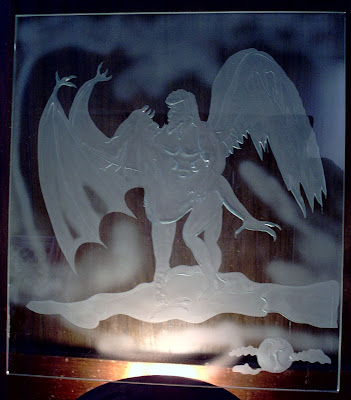
Friday, March 30, 2007
Thursday, March 29, 2007
Wednesday, March 28, 2007
Tuesday, March 27, 2007
Monday, March 26, 2007
Friday, March 23, 2007
Thursday, March 22, 2007
Wednesday, March 21, 2007
Tuesday, March 20, 2007
Monday, March 19, 2007
Sunday, March 18, 2007
Friday, March 16, 2007
Thursday, March 15, 2007
Wednesday, March 14, 2007
Tuesday, March 13, 2007
Monday, March 12, 2007
Friday, March 9, 2007
Thursday, March 8, 2007
Wednesday, March 7, 2007
Tuesday, March 6, 2007
Monday, March 5, 2007
Hubble Stuff
Hubble telescope's top ten greatest space photographs
|
|
The Sombrero Galaxy - 28 million light years from Earth - was voted best picture taken by the Hubble telescope. The dimensions of the galaxy, officially called M104, are as spectacular as its appearance. It has 800 billion suns and is 50,000 light years across.
|
|
The Ant Nebula, a cloud of dust and gas whose technical name is Mz3, resembles an ant when observed using ground-based telescopes. The nebula lies within our galaxy between 3,000 and 6,000 light years from Earth.
|
|
In third place is Nebula NGC 2392, called Eskimo because it looks like a face surrounded by a furry hood. The hood is, in fact, a ring of comet-shaped objects flying away from a dying star. Eskimo is 5,000 light years from Earth.
|
|
At four is the Cat's Eye Nebula, which looks like the eye of disembodied sorcerer Sauron from Lord of the Rings.
|
|
The Hourglass Nebula, 8,000 light years away, has a pinched-in-the-middle look because the winds that shape it are weaker at the centre.
|
|
In sixth place is the Cone Nebula. The part pictured here is 2.5 light years in length (the equivalent of 23 million return trips to the Moon).
|
|
The Perfect Storm, a small region in the Swan Nebula, 5,500 light years away, described as 'a bubbly ocean of hydrogen and small amounts of oxygen, sulphur and other elements'.
|
|
Starry Night, so named because it reminded astronomers of the Van Gogh painting. It is a halo of light around a star in the Milky Way.
|
|
The glowering eyes from 114 million light years away are the swirling cores of two merging galaxies called NGC 2207 and IC 2163 in the distant Canis Major constellation.
|
|
The Trifid Nebula. A 'stellar nursery', 9,000 light years from here, it is where new stars are being born.




































